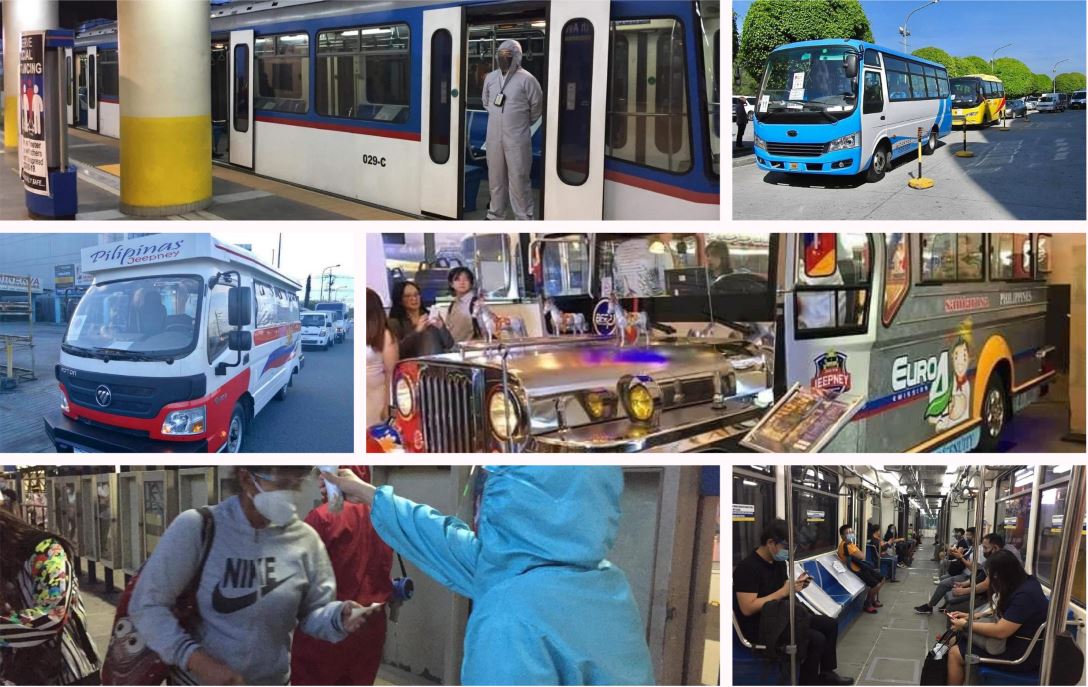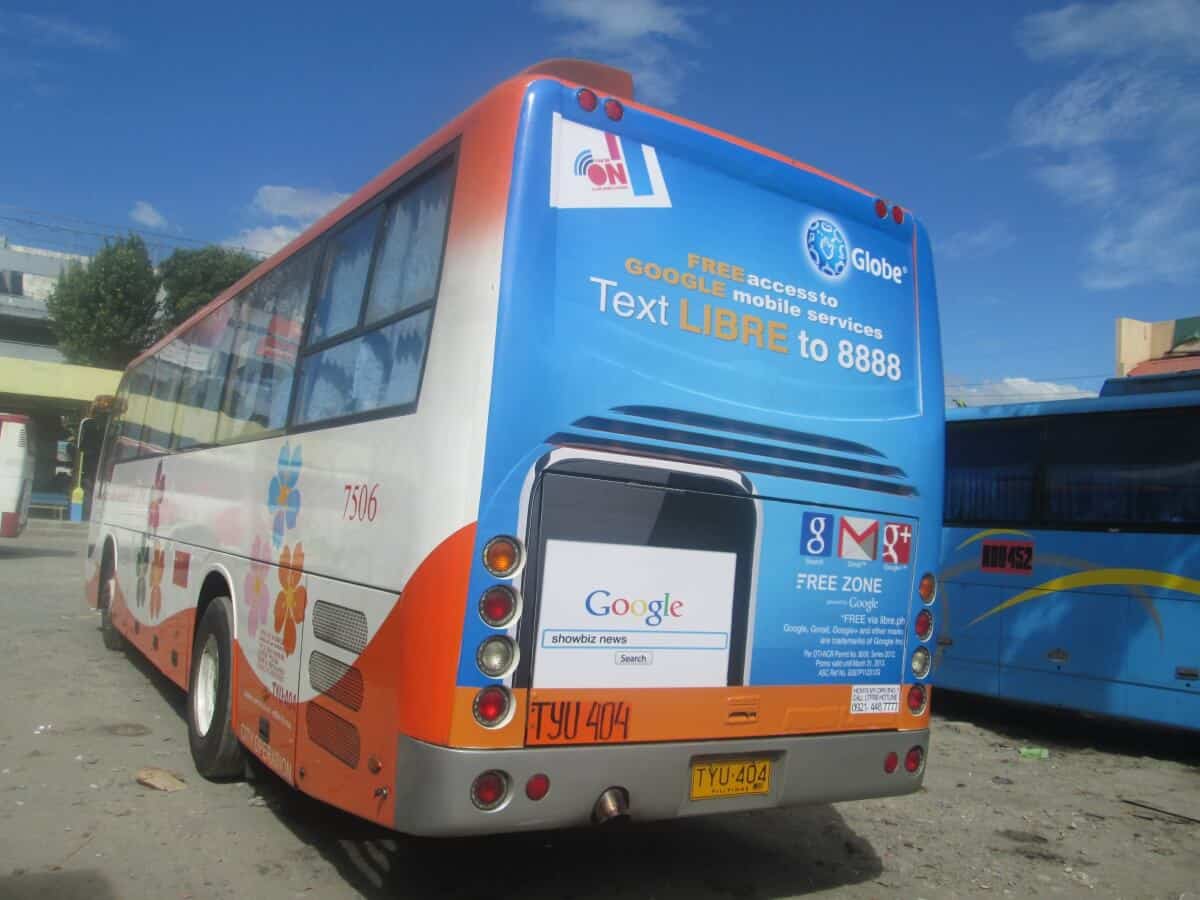Maximize Exposure with Transit Advertising Philippines
Maximize Exposure with Transit Advertising Philippines
Blog Article
How Transportation Advertising Can Transform Public Transport Spaces Into Dynamic Marketing Operatings Systems
Transportation advertising and marketing holds significant potential to redefine public transportation areas into dynamic marketing systems that involve and educate. As we explore the multifaceted benefits and developing techniques of transit marketing, it raises the concern of exactly how this change could redefine our interactions with both brand names and the city setting.
Advantages of Transportation Marketing

Additionally, transportation advertising is very affordable contrasted to conventional media. It allows marketers to achieve high perceptions at lower expenses, taking full advantage of roi. The captive target market of commuters provides a chance for brand names to convey their messages to people who are commonly responsive during their traveling times.
Furthermore, the dynamic nature of transportation advertising enables projects to be upgraded frequently, making sure that messaging continues to be prompt and relevant. This versatility can be critical in replying to market patterns or marketing occasions, keeping the brand top-of-mind for consumers. Finally, the prevalent presence of transportation advertising contributes to brand name recall; duplicated direct exposure within acquainted travel contexts reinforces brand understanding and cultivates customer commitment, ultimately driving sales and enhancing brand name online reputation.
Kinds Of Transportation Advertising
Mass transit systems offer different styles for marketing, each dealing with various advertising and marketing approaches and target market involvement approaches. One prominent type is exterior bus and train covers, which cover the whole lorry and develop a mobile signboard result, permitting high presence in metropolitan atmospheres. These covers can catch interest as they traverse busy streets, getting to a varied target market.
One more popular layout is indoor marketing, that includes posters, electronic displays, and ads on transportation seats. These positionings engage guests throughout their journey, enhancing brand name messaging in a restricted space. Digital presents, in certain, offer the advantage of dynamic web content, allowing marketers to upgrade messages in real-time.
Station advertising and marketing is likewise significant, including posters, banners, and interactive kiosks within transportation terminals. These advertisements take advantage of foot website traffic and can target particular demographics based upon place.
Lastly, advertising collaborations with transit authorities can lead to one-of-a-kind projects, such as themed transportation experiences or events, enhancing the overall involvement with commuters. Each type of transit advertising and marketing provides distinctive benefits, allowing brands to customize their method to properly reach their target audience within the general public transportation environment.
Involving Commuters Successfully
Commuters are progressively flooded with advertising messages during their day-to-day travels, making it necessary for brand names to engage them in ingenious means. To capture interest in this jampacked space, advertisers need to focus on imagination and importance. Utilizing distinctive visuals and succinct messaging can considerably boost the likelihood of interaction.
Interactive aspects, such as QR codes or increased fact features, can also transform static advertisements right into immersive experiences, cultivating a deeper connection with the audience. Brands ought to focus on attending to travelers' demands and passions, tailoring messages to resonate with their way of life, whether with promos for regional organizations or solutions designed to enhance their commuting experience.
Furthermore, timing plays an important duty; purposefully placing ads throughout peak travelling hours can optimize presence and influence. Involving travelers properly also entails leveraging social media sites assimilation, permitting guests to share their experiences or promos straight from transportation systems, therefore intensifying brand name reach.
Essentially, effective engagement hinges on recognizing the traveler trip and developing engaging, interactive, and appropriate marketing experiences that not only record interest however also drive activity and commitment. By doing so, brand names can change public transport right into a dynamic marketing system that resonates with its target market.

Measuring Advertising And Marketing Influence
Just how can brand names accurately assess the performance of their marketing campaigns en route environments? Gauging the effect of transit marketing requires a complex method that incorporates qualitative and measurable metrics. One common approach is tracking interaction via mobile analytics, where brands can assess foot web traffic patterns and application interactions in the past, during, and after campaigns.
Studies can offer beneficial insights right into brand name recall and consumer view, allowing brand names to determine just how well their messages reverberate with commuters. Additionally, keeping track of social networks interaction associated to particular projects can reveal changes in public understanding and brand name discussion.

Additionally, working together with transportation firms can boost measurement accuracy, as they typically have in-depth group information on ridership fads. By incorporating these methodologies, brands can establish an extensive understanding of their marketing efficiency, making sure that their projects not just get to however likewise influence their target market successfully.
Future Fads in Transportation Marketing
A substantial change is expected en route marketing as technological developments and changing consumer habits reshape the landscape. Transit Advertising Philippines. The integration of electronic display screens and multimedias is anticipated to boost interaction, enabling brands to supply vibrant content that resonates with varied target markets. As public transportation systems embrace clever innovation, advertisers will certainly utilize real-time data analytics to tailor messages based upon passenger demographics and behaviors
In addition, increased truth (AR) is poised to change the method commuters engage with ads. By providing immersive experiences, AR can change a mundane trip into an engaging story that captures focus and promotes brand name loyalty. This innovation will likely urge advertisers to develop more experiential projects that drive consumer communication.
Sustainability is one more crucial fad influencing transportation marketing. As environmental awareness grows, brand names will increasingly look for to align with environmentally friendly techniques, utilizing lasting materials and advertising green efforts within their projects.
Conclusion
In verdict, transportation advertising and marketing offers significant advantages by improving brand exposure and engaging a captive audience. As patterns develop, the capacity for ingenious communications in between see here travelers and brand names is positioned to expand, making sure that transportation marketing remains an important component of modern marketing strategies.
Transit advertising and marketing holds substantial capacity to redefine public transport areas into vibrant advertising and marketing systems that involve and inform. The prevalent presence of transit advertising contributes to brand recall; repeated direct exposure within familiar travel contexts strengthens brand name recognition and cultivates consumer loyalty, inevitably improving basics and driving sales brand name track record.
Exactly how can brands precisely examine the effectiveness of their advertising and marketing projects in transit settings?In conclusion, transportation marketing offers considerable advantages by boosting brand presence and engaging a restricted audience. Transit Advertising Philippines. As patterns evolve, the capacity for innovative communications between brands and travelers is poised to expand, ensuring that transit advertising and marketing stays an essential element of modern-day marketing methods
Report this page